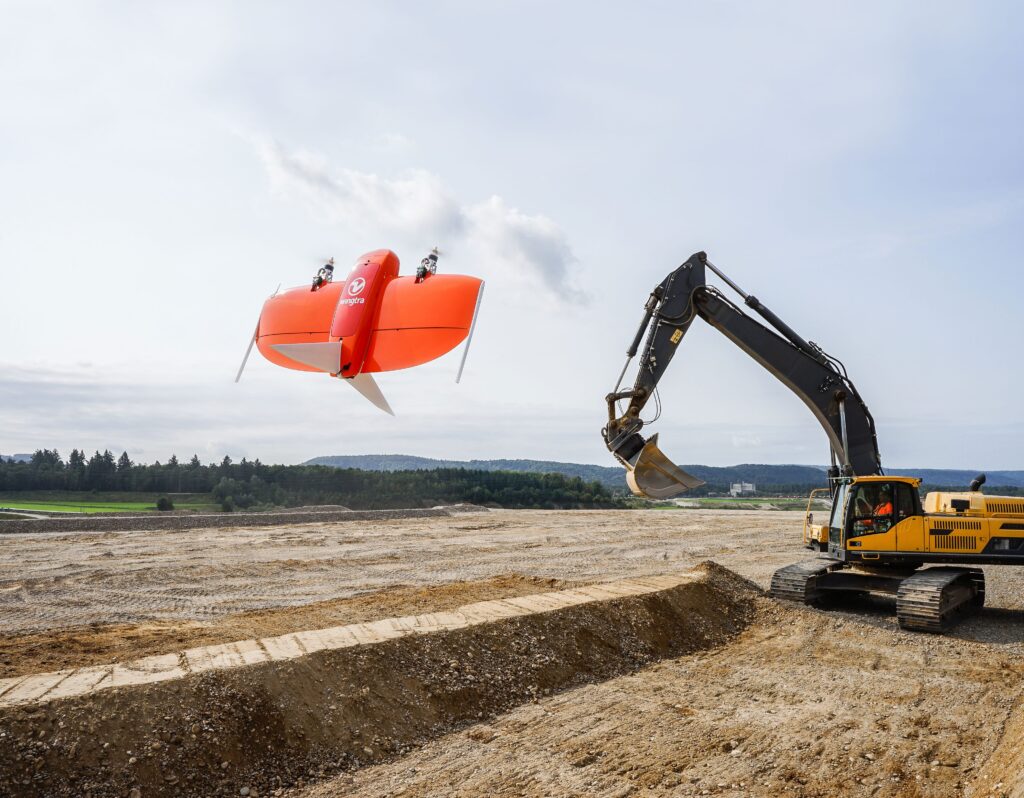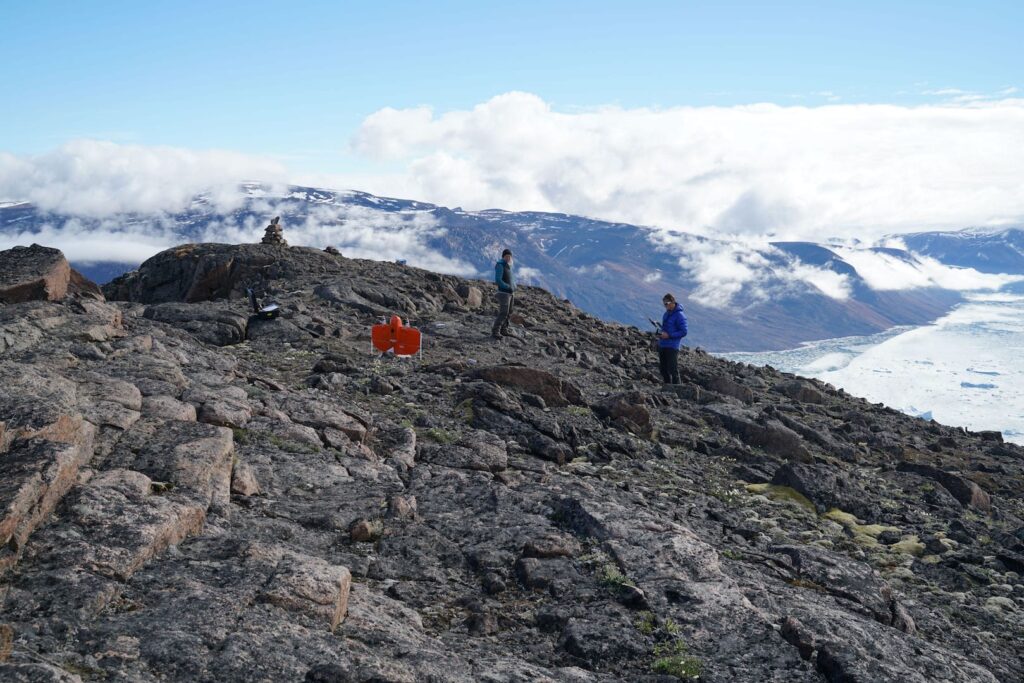From their roots as a Swiss Startup, Wingtra has now spread its wings beyond the confines of Switzerland to the US, China and the rest of Europe. Wingtra’s surveying drone combines the ease of use of agile multicopters with the long range of high endurance fixed-wing aircrafts. Their fully-autonomous drone, called the WingtraOne, thrives on years of intelligent and meticulous research done at ETH Zurich in Switzerland.
 We met with Armin Ambühl, CTO, at their headquarters in Zurich, to ask a few questions about their system, the use of PX4, and their membership with Dronecode.
We met with Armin Ambühl, CTO, at their headquarters in Zurich, to ask a few questions about their system, the use of PX4, and their membership with Dronecode.
What is special about the WingtraOne?
Our goal at Wingtra is to make data collection easy and accessible at scale. In the professional market, drones are largely used to gather aerial data. Multicopters like the DJI Phantom are a big success. Virtually no training is required to operate them. However, they can map no more than 80 acres in a single flight because they are inefficient in forward flight. Therefore large areas are mapped by fixed-wing drones. These systems need lots of open space for take-off and landing. Vegetation, rocky grounds or hilly terrain can make operations impossible.
 With the WingtraOne we have developed an unmanned aerial robot that flies like a plane, but takes off and lands vertically. For the first time, drone users get a fixed wing with the usability of a multirotor drone. The WingtraOne flies fully automated so anyone can fly it with very little training and can map 800 acres in one hour. Therefore surveying very large areas on a regular base becomes feasible on a global scale.
With the WingtraOne we have developed an unmanned aerial robot that flies like a plane, but takes off and lands vertically. For the first time, drone users get a fixed wing with the usability of a multirotor drone. The WingtraOne flies fully automated so anyone can fly it with very little training and can map 800 acres in one hour. Therefore surveying very large areas on a regular base becomes feasible on a global scale.
Why did you choose the Dronecode flight stack and PX4?
While we were doing research at ETH we went through the evaluation of different autopilot stacks and even considered writing our own from scratch. In the end, we chose PX4 for the following reasons:
- PX4 was for us the most advanced flight stack for commercial use.
- Its advanced architecture is completely scalable.
- It allowed us to modify and adapt the software to our needs while keeping the core components in line with the advancements of the ecosystem.
We also were impressed by the support in the ecosystem and appreciate the position of Dronecode as a supportive project manager of the ecosystem.
What parts did you customize and what work was necessary?
We customized the flight stack in two different ways. First, we had to make vehicle specific modifications, these include low level controls of the vehicle and specific failure case handlings. On the other side, we invested great effort to build a product with the end customer in mind. This required modifications of the UX of QGroundControl and to the workflow during take-off and landing to make our ground station app, called WingtraPilot, intuitive to use for customers. We also spend considerable time to test the reliability and robustness of our implementation to offer peace of mind to our customers. This also meant that sometimes we left out features and capabilities to focus on what is really important.
Where do you see future collaboration opportunities with Dronecode?
We look at this from a market pull perspective. Our customers are looking for better workflows, particularly in the context of accessing data. Here, the cloud will play an important role in the future. We see collaboration opportunities on open source cloud APIs and we are excited about the development of DroneCore.
Follow Wingtra: https://twitter.com/Wingtra







